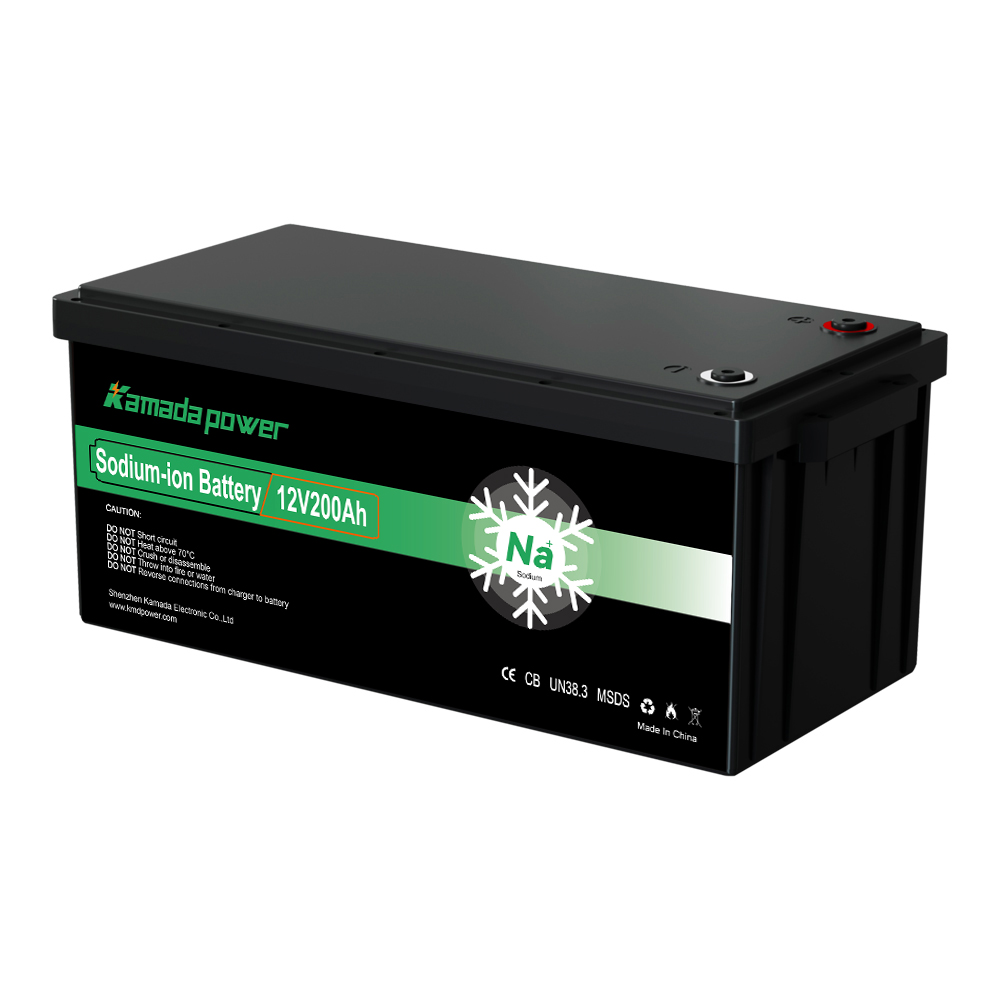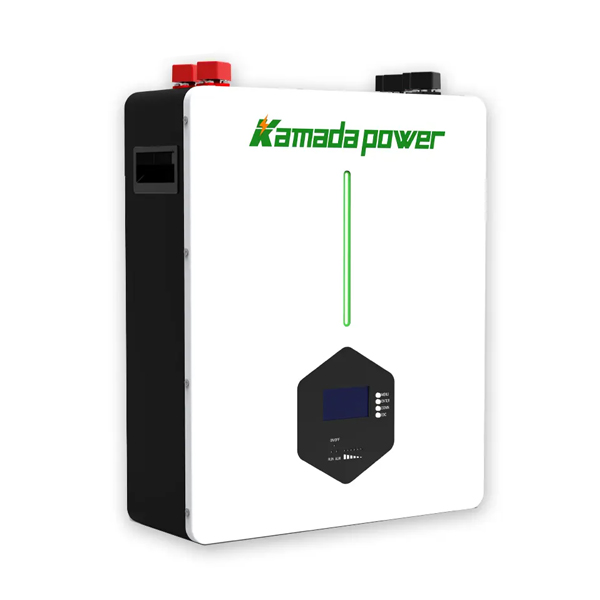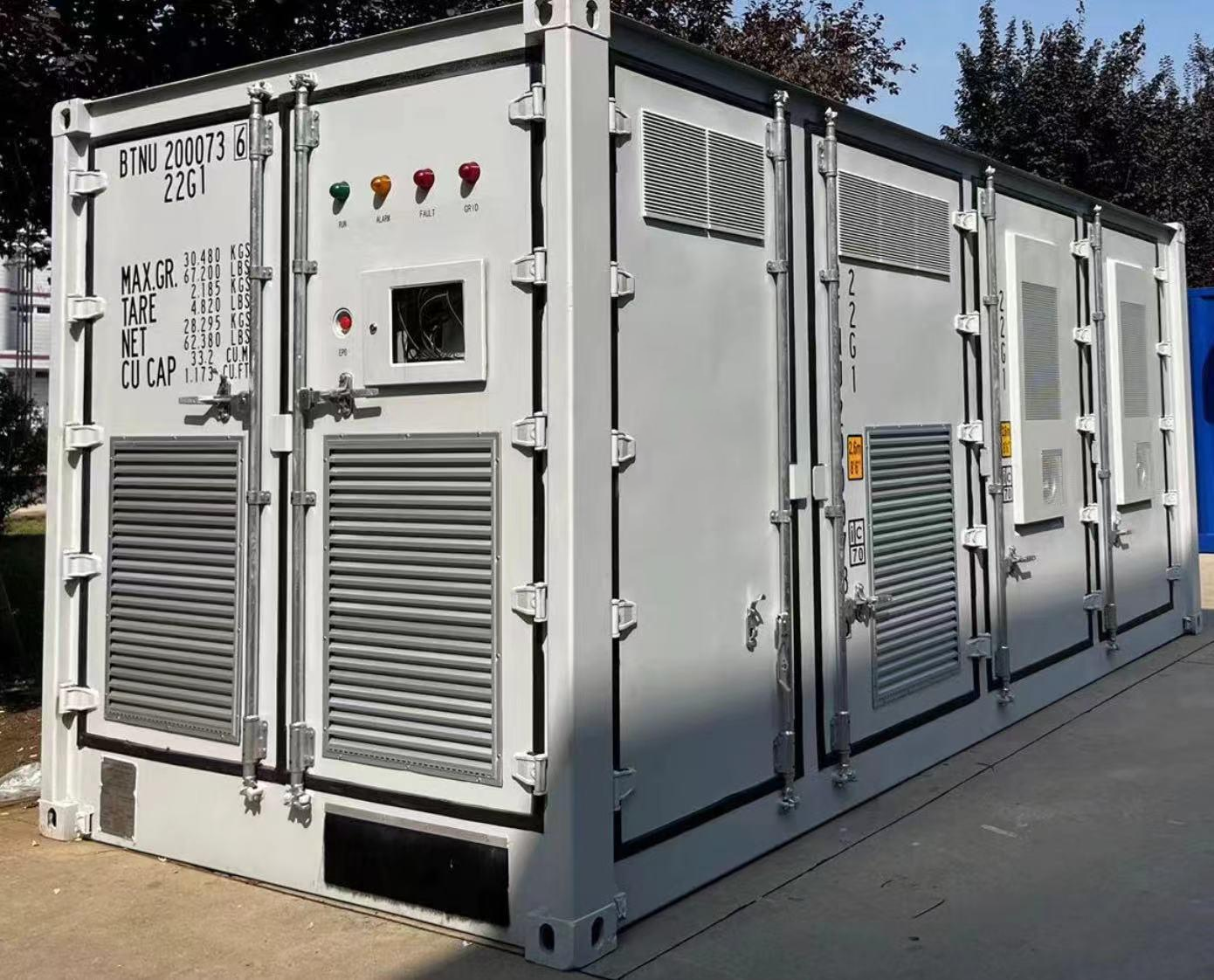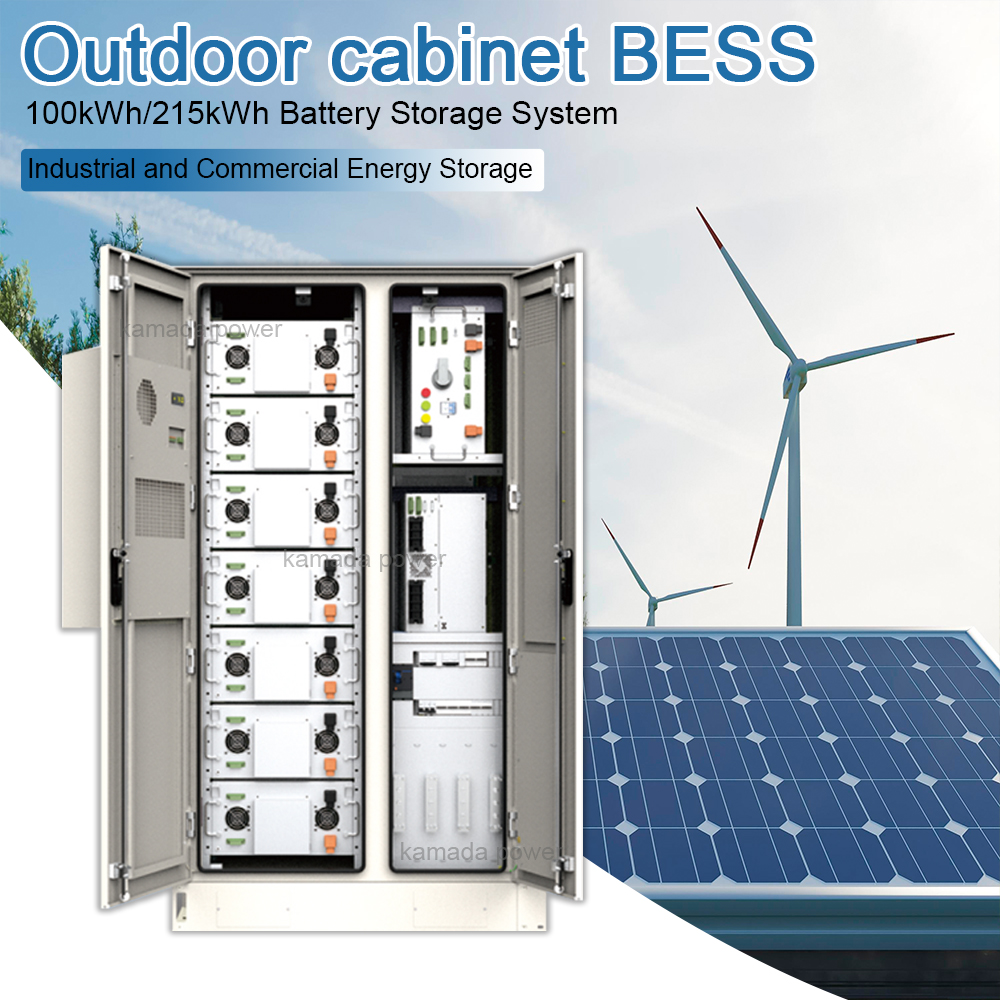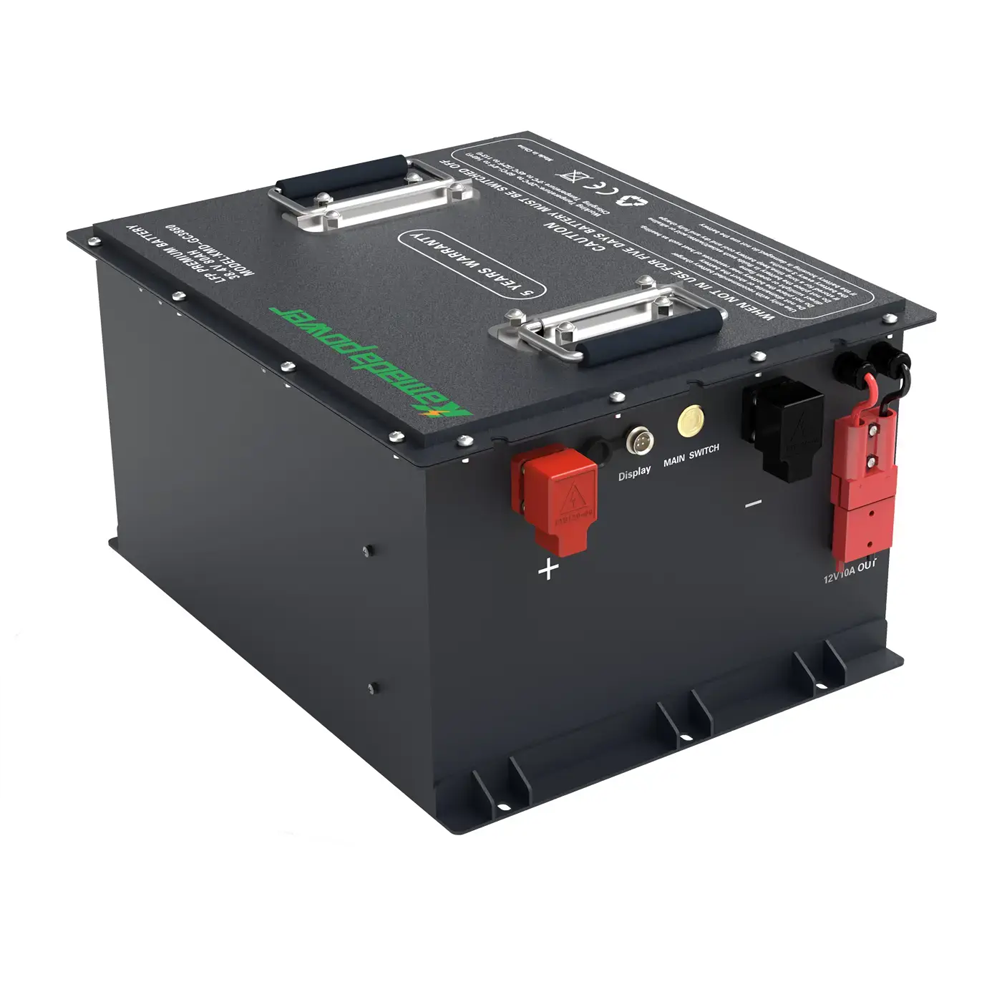
Home energy storage system consists of a battery that allows you to store excess electricity for later use, and when combined with solar energy generated by a photovoltaic system, the battery allows you to store the energy generated during the day for use throughout the day. As battery storage systems optimization the use of electricity, they ensure that your home solar system operates most efficiently. At the same time, they ensure continuity in the event of temporary interruptions in the electricity supply, with extremely short response times. Home energy storage further supports energy self-consumption:Surplus energy generated by renewable energies during the day can be stored locally for later use, thus reducing dependence on the grid. Energy storage batteries thus make self-consumption more efficient. Home battery storage systems can be installed in solar systems or added to existing systems. Because they make solar power more reliable, these storage systems are becoming more common, as the falling price and environmental benefits of solar power make it an increasingly popular alternative to conventional power generation.
How do home battery storage systems work?
- Lithium-ion battery systems are the most commonly used type and consist of several components.
- Battery cells, which are manufactured and assembled into battery modules (the smallest unit of an integrated battery system) by the battery supplier.
- Battery racks, consisting of interconnected modules that generate DC current. These can be arranged in multiple racks.
- An inverter that converts the DC output of the battery to AC output.
- Battery Management System (BMS) controls the batteries and is usually integrated with factory-built battery modules.
- Smart Home Solutions
- Smarter, better living through cutting-edge technology
In general, solar battery storage works like this:Solar panels are connected to a controller, which in turn is connected to a battery rack or bank that stores solar energy. When needed, the current from the batteries must pass through a small inverter that converts it from alternating current (AC) to direct current (DC) and vice versa. The current then passes through a meter and is supplied to a wall outlet of your choice.
How much energy can a home energy storage system store?
Energy storage power is measured in kilowatt hours (kWh). Battery capacity can range from 1 kWh to 10 kWh. Most households choose a battery with a storage capacity of 10 kWh, which is the output of the battery when it is fully charged (minus the minimum amount of power needed to keep the battery in use). Considering how much power a battery can store, most homeowners usually choose only their most important appliances to connect to the battery, such as the refrigerator, a few outlets for charging mobile phones, lights and wifi systems. In the event of a complete blackout, the power stored in a typical 10 kWh battery will last between 10 and 12 hours, depending on what battery power is needed. A 10 kWh battery can last 14 hours for a refrigerator, 130 hours for a TV, or 1,000 hours for an LED light bulb.
What are the benefits of home energy storage system?
Thanks to home energy storage system, you can increase the amount of energy you produce on your own instead of consuming it from the grid. This is known as self-consumption, meaning the ability of a home or business to generate its own electricity, which is an important concept in today’s energy transition. One of the advantages of self-consumption is that customers only use the grid when they are not generating their own electricity, which saves money and avoids the risk of blackouts. Being energy independent for self-consumption or off the grid means that you are not dependent on the utility to meet your energy needs, and are therefore protected from price spikes, supply fluctuations, and power outages. If one of the main reasons for installing solar panels is to reduce your carbon footprint, adding batteries to your system can help you maximise your performance in terms of reducing greenhouse gas emissions and your home’s carbon footprint. Home energy storage systems are also cost-effective because the electricity you store comes from a clean, renewable energy source that is completely free:the sun.


